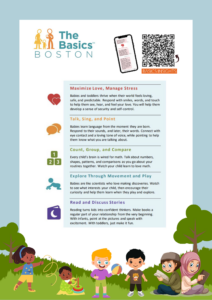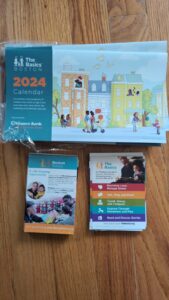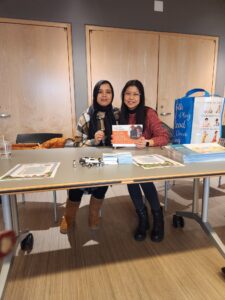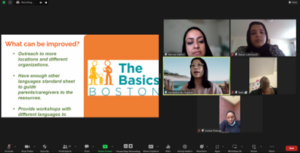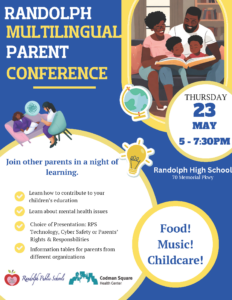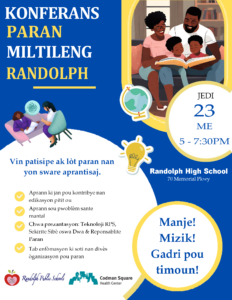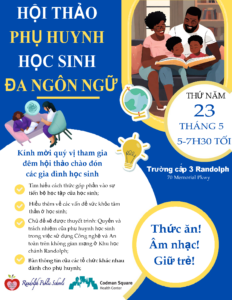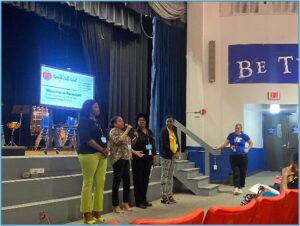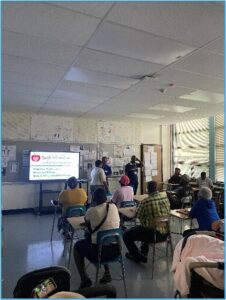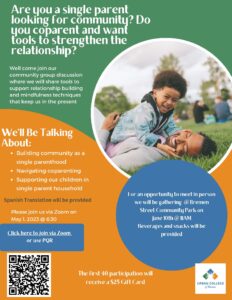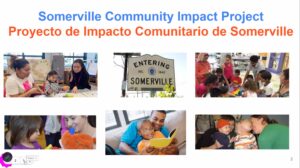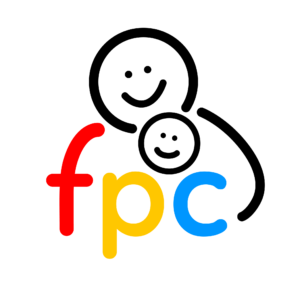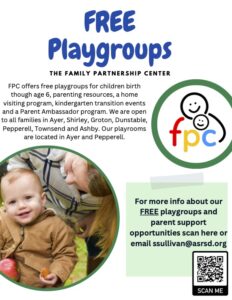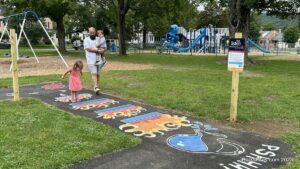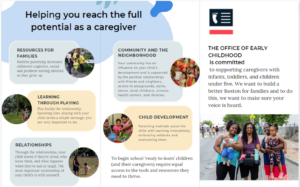With Babies
-
Play Music: We all have a natural love of music. Share this love with your child. Play gentle music or sing when you are together. This is a fun and easy way to expose your child to rhythm and patterns. Lots of nursery rhymes and children’s songs also involve counting.
-
Move in Rhythm: Clap, tap, rock, or kiss your baby to a steady rhythm. Count while you do it. For example, count your child’s toes or pieces of fruit. Infants learn through all their senses so hold objects up to your baby to see and touch.
-
Compare: Provide opportunities for your child to touch and explore things that are the same and different. For example, let your baby shake things that make different sounds or touch fabrics with different textures. Talk about how they are similar or different.
-
Use Math Words: When you talk to your infant, use words related to math ideas, like quantities and comparisons. For example, words like more, less, big, small, tall, short, round, square. You don’t need to set aside special time to do this. You can use math words whenever you are with your child.
With Toddlers
-
Count: Count with your toddler. Move to bigger numbers as they get the hang of it. Young children learn through all of their senses, so have them point to and touch the objects you count.
-
Add and Subtract: Explore what happens when you add or take away items from a group. “You have three crackers. How many will you have if you eat one?”
-
Name Shapes: Look for shapes around you. “The clock is a circle. Do you see any other circles?” This could be a game you play while out doing errands.
-
Match and Sort: Make a game of matching and sorting objects into groups. Your child can match and sort items by the shape, color, size, or other features.
-
Compare Sizes, Amounts, and Weights: For example, describe things as large, small, light, or heavy. Ask your child which object of two is larger or smaller.
-
Put Things in Order: Practice putting things in order. For example, your child can arrange dolls from smallest to largest, youngest to oldest, or heaviest to lightest. See what other categories they can come up with.
-
Make Math Part of Life: Math plays a part in life even when we don’t realize it. For example, to prepare dinner, you measure ingredients, set an oven timer, and count plates. Find ways to let your child help.
-
Use Music: Clap and dance with your child. Your child will be learning about patterns while having fun!
Adapted from Boston Basics
https://www.thebasics.org/media/19147/five-basics-tip-sheets-final-3818.pdf

